Like a Pharaoh
The Yiddish instructor brought out a box of cutout paper letters and asked his teaching assistant to arrange them in alphabetical order inside a plastic box. The assistant struggled a bit. The instructor, whom I will call Mikołaj, turned to me and said, “You know the alphabet. Can you help us?” We were speaking to each other mostly in Yiddish with a little English when we hit a roadblock in our understanding.
“Sure,” I said, wondering how he was going to use them.
I was in Białystok, Poland, to explore my maternal grandmother’s hometown. In the late-nineteenth and early-twentieth centuries, Białystok had a majority Jewish population. As a child, my grandmother and her immediate family narrowly survived a violent attack by armed men on horseback in the courtyard of their dacha, which convinced them to immigrate to the United States in 1922. Almost all of the aunts, uncles, and cousins whom they left behind in Poland died in the Holocaust.
I had come back more than one hundred years later to wrestle with these ghosts. On a tour of a private Jewish museum in the city called “Miejsce” (the Place), I was invited to observe a Yiddish class that was being held there. I had attended many Yiddish classes before but not one in my grandmother’s hometown and not one in which I was the only Jewish person in the room, including the instructors. Before the trip, I had been warned by Jewish friends who had traveled to Poland that I should not wear anything with Hebrew or English on it to avoid being harassed. So I hesitated at the invitation for a moment, but how could I turn it down?
As the three of us arranged the letters inside the plastic box, Mikołaj said to me in English, “The best way to fight antisemitism is through learning and teaching Yiddish—”
“More so than Hebrew?” asked his teaching assistant, interrupting.
He nodded. It was last October, and no one wanted to get anywhere near the Israel-Hamas War. Instead, he explained, in a mixture of English and Yiddish, that “when you learn a language, it becomes part of you, dayn ruakh, farshteyst?” Your spirit, you understand?
“Yo, dayn neshome,” I said. Yes, your soul.
He added, “So how can you hate something that is a part of you?”
I’d begun learning Yiddish in my thirties, while studying literature in graduate school. My first classes were mostly filled with Jewish undergraduates as well as a few auditing Jewish faculty members. As I continued taking classes at different institutions, the instructors and the students were still predominantly Jewish, but there were always also non-Jews who were just as passionate about keeping Yiddish alive as the rest of us. I was reminded that when my maternal grandmother was a child, some of her non-Jewish neighbors knew Yiddish, just as she knew a little bit of Russian and Polish.
As we finished alphabetizing the letters, the students began arriving. Because the language level of the students was quite low, Mikołaj had to conduct the entire class in Polish. I was seated at the front of the room, next to the student with the best English so she could translate for me. I felt on display: the real deal, a Jew. Every so often, I would look up from taking notes and catch the students staring at me.
When Mikołaj asked us to introduce ourselves to each other, a woman got up from the back of the room and made a beeline toward me. She shook my hand and then held it for a moment. When I asked her why she wanted to learn Yiddish, she told me that her family was Christian. “There’s still a lot of antisemitism in my family,” she said. “I want to understand why, why is there so much antisemitism?”
One of the few male students also answered my question: “My wife is a philosemite.” She was interested in pursuing a career helping Jewish tourists research their family history. And he was learning Yiddish to bond with her. I looked around at the students in the room and wondered: Are they taking this class to become tour guides for visiting Jewish tourists like me? And how much are they going to charge us for our own history? But maybe I was being paranoid. The museum curator who had shown me around Białystok never charged me a cent. He led me around the Jewish cemetery on a Sunday morning. He even gave me free books, postcards, bookmarks, coffee, and movies. All he asked was that I spread the word.
After introductions, Mikołaj projected an image of the headstone of Yitzhak Melamed, a hero of the Białystok Ghetto uprising. “Before, during, and after the war, Yiddish had been spoken here,” Mikołaj said in Polish. “We can’t go back to what it was like, but it’s important that we study Yiddish in this place.” He read aloud in Yiddish: “Doh iz umgekumen, fun Hitlerishe merder dem akhtn februar 1943, Yitzhak Melamed, heldisher kemfer fun Białystoker ghetto, koved zayn ondeynk.” Here perished, from Hitler’s murder on February 8, 1943, Yitzhak Melamed, respected hero of the Białystok Ghetto, honor his memory.
Then Mikołaj brought out the box and told the students to reconstruct the message on the headstone. He asked me to help them get started, using the paper letters on the table. I placed the daled and then the aleph for the first word, “Doh”—here—and then the aleph, yud, and zayen for the second word, “iz.” “Here is.” I sat back down.
The students struggled but eventually finished reconstructing the text, and we took a break. The teaching assistant brought in a large box of chocolate cupcakes, each of which was decorated with a Yiddish letter printed on top in chocolate. The class had been full of conversation, but now everyone sat in complete silence, eating their aleph-beys cupcakes.
Toward the end of the lesson, Mikołaj explained, in Polish, the significance of every person receiving one Yiddish letter. “There was once a Jewish ritual in which the entire community participated in the writing of letters on a new Torah scroll.”
He then turned to me. “Have you ever heard about this practice?”
“Avade.” Of course, I said to him in Yiddish. And I added in English, “I’ve done it.”
Mikołaj looked at me in incomprehension. Later I whispered to the student next to me that the practice was not relegated to the ancient past. I described how you gently place your hand on top of the scribe’s hand to write the individual letter. The student whispered back, “Should I make an announcement? Should I tell the entire class what you just told me?”
I shook my head. “It’s enough that I’ve told you.” After the class, I messaged a friend about it. He said, “I imagine it’s a bit like a class in hieroglyphics, with you being the only Pharaoh in the room.”
Suggested Reading
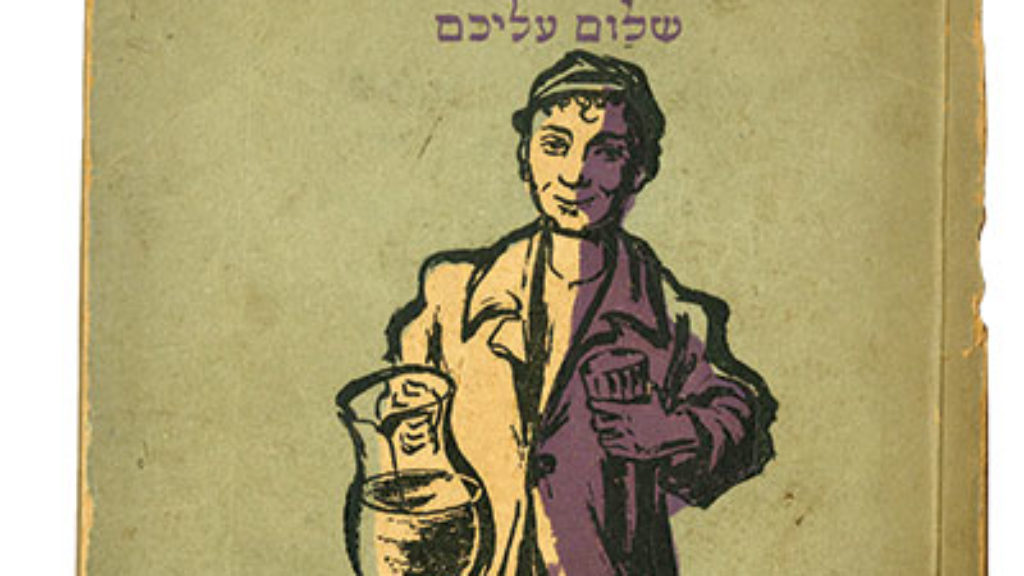
Learning Yiddish After 60
When I was about 10, I had a brilliant idea. If my parents would agree to speak only Yiddish with each other, it would just come to me without effort. I wouldn't have to learn it or study it, I would just wake up one day knowing it.
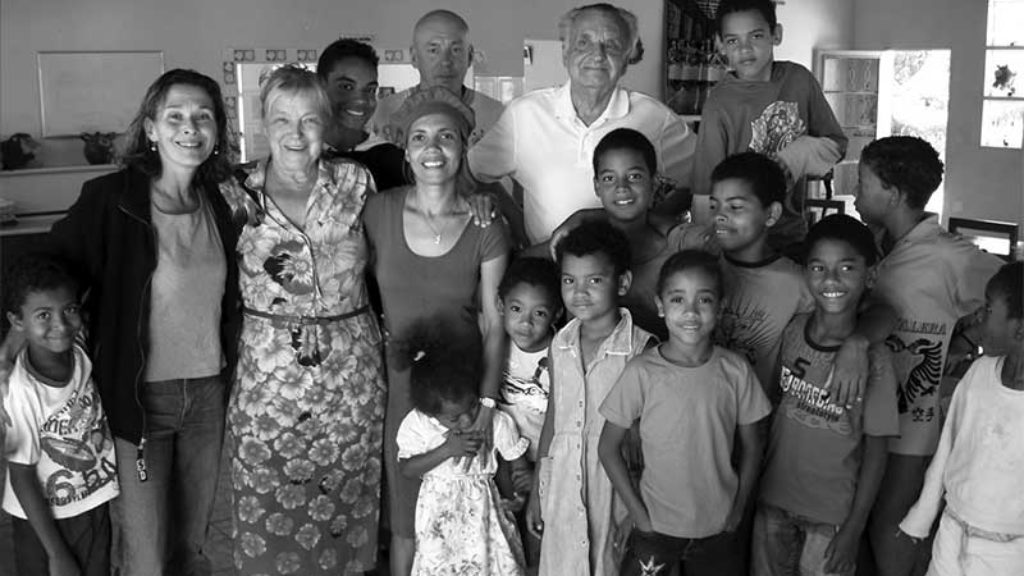
The Great Family Circle
Eliezer Ben-Yehuda, “the father of modern Hebrew,” famously raised his own son to be the first child in almost 2,000 years to speak only Hebrew. When Itamar Ben-Avi grew up, he was fascinated by . . . Esperanto. Esther Schor’s new book on L. L. Zamenhof, his would-be universal language, and those who still speak it inspired Stuart Schoffman to revisit the oddly parallel careers of Ben-Yehuda and Zamenhof.
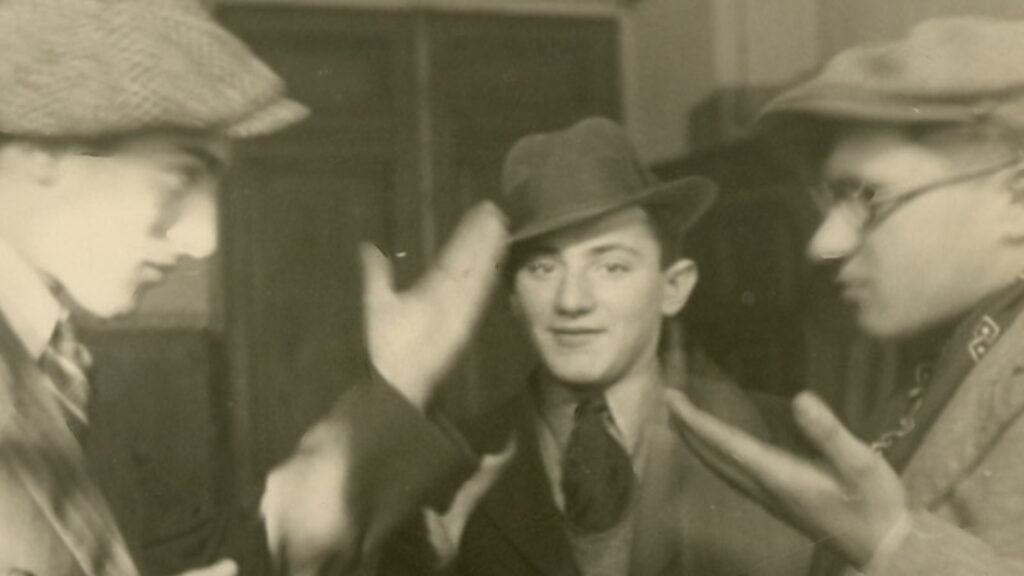
Chaim Grade: Portrait of the Artist as a Bareheaded Rosh Yeshiva
Grade attempted to perform the impossible: to undo in literature what had occurred in history and revive the dead of Jewish Vilna.
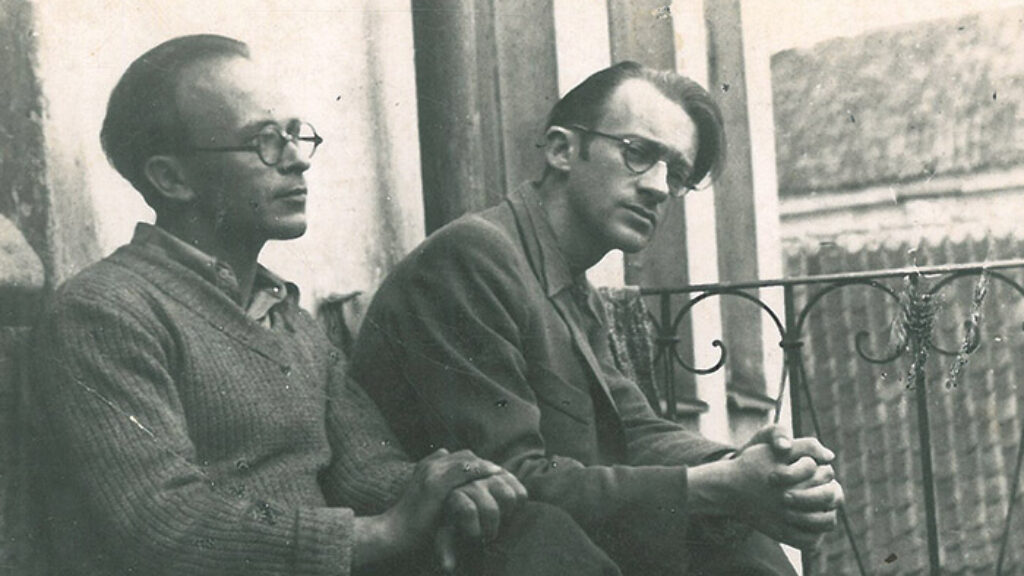
Cultural Life in the Vilna Ghetto
The great poet Abraham Sutzkever once swore an oath to serve Yiddish culture. He fulfilled his vow in ways no one could have ever imagined.
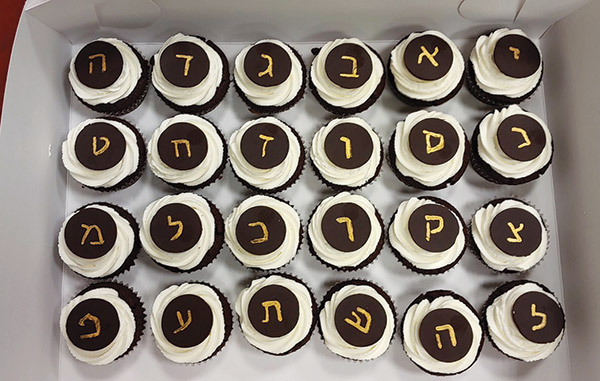
Comments
You must log in to comment Log In